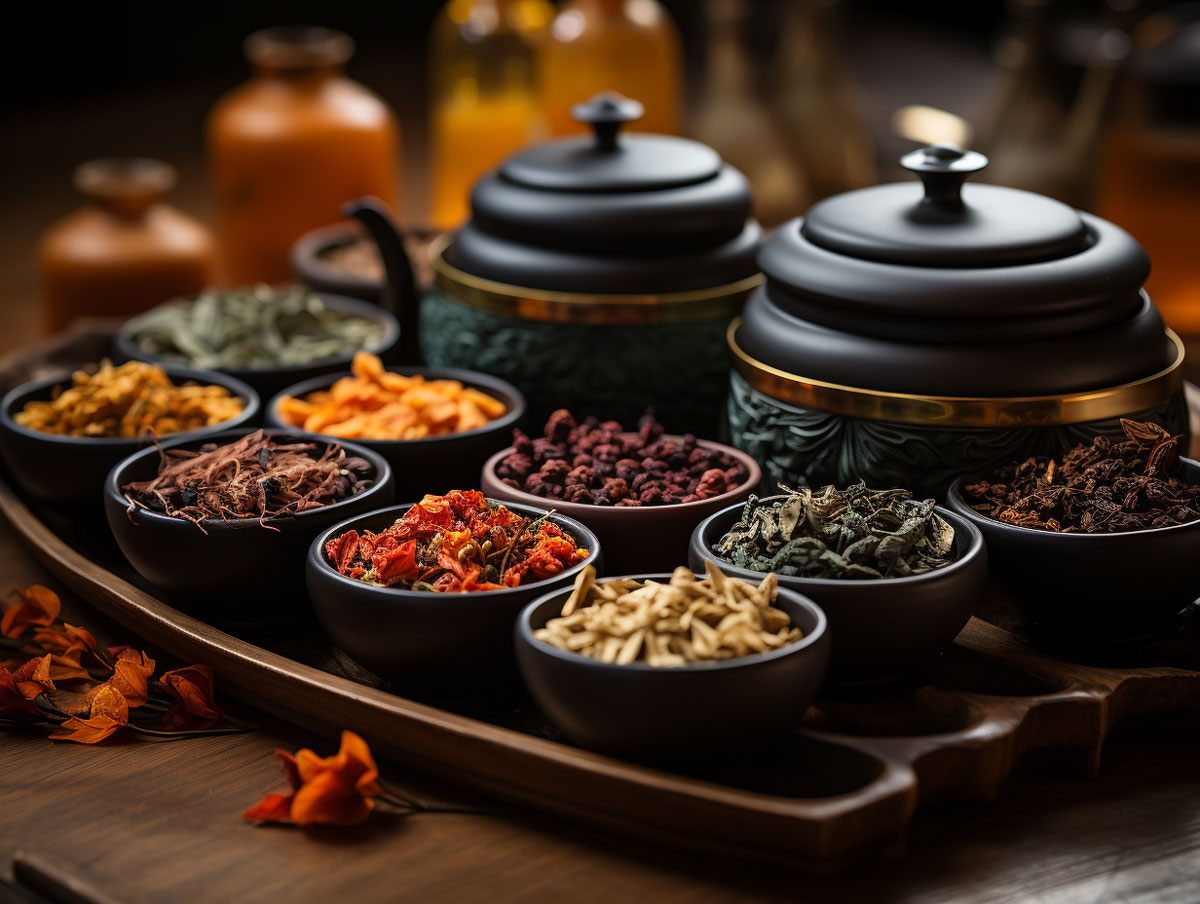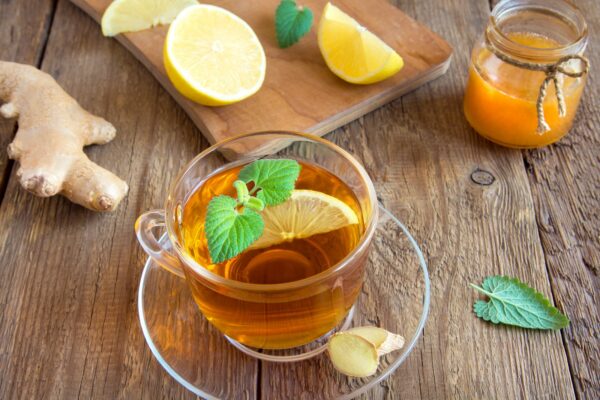Qi » Wellness Blog » Tea Blog » Tea Vocabulary and Vernacular

Tea Vocabulary and Vernacular
Understanding how to evaluate tea properly can enhance your appreciation of this ancient beverage. Just as appreciating poetry involves understanding its nuances, so does enjoying tea involve recognizing its characteristics in terms of color, aroma, and taste. Here are some factors and frequently used comments to help you evaluate tea more comprehensively:
Color Evaluation
- Clear: Describes tea that is clean, transparent, bright, and free of sediment.
- Freshness: Refers to tea with a bright and lively color.
- Bright: Suggests dark and vibrant tea.
- Distinct: Describes tea that is fresh, bright, and shiny.
- Shining: Indicates dark and transparent tea.
- Shallow: Refers to tea with a lighter color, suggesting a lack of richness.
- Many Sediment: Describes tea with residues settled at the bottom of the bowl.
- Turbidity: Suggests tea with many suspended particles and low transparency.
- Dark: Refers to tea with a lack of brightness in color.
Aroma Evaluation
- Freshness: Denotes tea with a fresh aroma.
- Fragrance: Describes an elegant and gentle aroma that is slow but long-lasting.
- Elegant: Suggests an aroma that is soft but long-lasting.
- Grass Scent: Indicates a pure and soft aroma that is very elegant.
- Strong: Refers to an aroma that is intense, long-lasting, and has the distinct aroma of fruit and flowers.
- Aroma of the Flower: Describes an aroma with a sharp, flowery scent.
- High and Lasting: Suggests an aroma that is both intense and long-lasting, with high levels of stimulation.
- Lasting: Denotes an aroma that lingers for an extended period, even as the tea cools.
- Aroma of the Chestnut: Refers to an aroma reminiscent of cooked chestnuts, with strength and longevity.
- Fresh: Indicates a very fresh and sharp aroma.
- Pure: Suggests a normal, pure tea aroma.
- Aroma of the Fresh Leaves: Refers to the aroma of fresh tea buds.
- Low Level of the Aroma of the Flower: Suggests an aroma where the floral notes are subtle compared to the overall tea aroma.
- Aroma of Jasmine: Describes an aroma that evokes the scent of orchids.
- Phonology: Refers to the unique characteristics of certain Oolong tea varieties.
- Sweetness: Denotes a strong sweetness in the taste.
- Strong and Sharp: Suggests a high-intensity aroma that lacks obvious floral notes.
- Rich: Indicates a strong and long-lasting aroma with a special blend of floral and fruity notes.
Taste Evaluation
- Sweet Aftertaste: Describes tea that initially tastes bitter but leaves a sweet aftertaste.
- Strong: Refers to tea that is potent but not astringent, with a pure and bold flavor, and a sweet aftertaste.
- Mellow: Suggests tea that is robust, stimulating, and slightly sweet in the aftertaste.
- Mild: Indicates tea that is somewhat weak, lacks freshness, but is free from mixed or unpleasant tastes.
- Light and Thin: Describes tea with a normal but weak taste profile.
- Rough: Suggests tea with a coarse and weak taste, often associated with lower-quality teas.
- Bitterness: Refers to tea that is strong but lacks freshness and purity, resulting in an astringent, bitter taste.
- Ripped Taste: Denotes tea that lacks freshness, is weak and soft, and provides little enjoyment.
- Taste of Water: Indicates a light and impure taste, often associated with tea that is inadequately dried or may have absorbed moisture.
- Burning Taste: Suggests a burnt taste in tea, often due to over-roasting or other processing issues.
- Mixed Taste: Describes tea with flavors like smoke, burning, acidity, or other substances that detract from its overall flavor.
By familiarizing yourself with these factors and comments, you’ll be better equipped to express your appreciation for tea and engage in meaningful discussions about its qualities with your tea companions.
Alex Wolfgram
Alex Wolfgram is the creator of Qiful Life. After spending nearly a decade in Asia learning Qigong, Meditation, Tea Chinese Medicine concepts and Buddhism, he decided to move back to the U.S. and begin sharing what he absorbed. Alex currently teaches Qigong and Meditation by private appointments via Qiful Life's platform. He also hand picks each of the teas offered on the site. Currently, Alex is developing the Qiful Life podcast covering subjects related to Chinese health concepts, Spirituality and the Dao De Jing.






